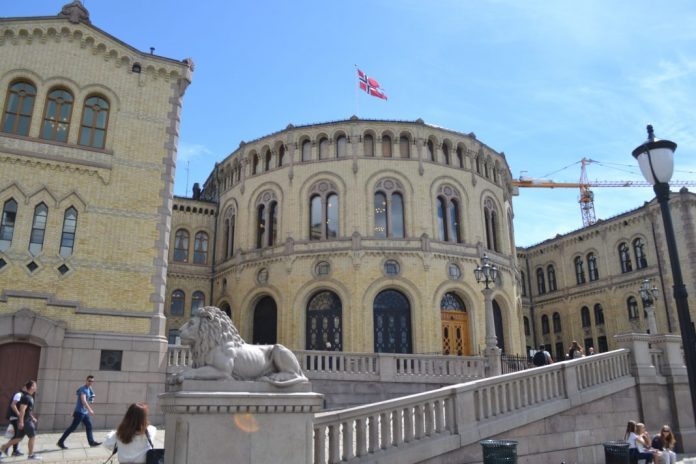The Norwegian State-organised salmon license auction has revealed that terrific optimism for the future exists in the Norwegian marine farming industry.
This morning the news broke that 13 aquaculture companies have made successful bids on production license capacity for a combined sum of € 243 million. In total that means these producers can increase their production by 11,879 tonnes in maximum allowable biomass (MAB). The auction was still ongoing at the time of going to press.
The salmon auction is of interest, for several reasons.
Faith in the future
But first, one must set the scene.
Last winter I met with two of Western Norway’s most profiled salmon producers. We discussed the government’s eagerness to tax the producers and their growth ambitions. They were both located in the red zone, and consequently could not apply for new licenses or bid in an upcoming auction.

“The biggest advantage of being in the red zone is that we don’t have to pay NOK 120,000 (€ 12,700) per tonne for new production capacity,” mocked one of them – and was duly supported by the other.
With today’s auction results, one can safely conclude that neither of them would have made the grade to bid for license capacity in the auction – even if they had been in the green zone. Any optimism they had in that respect would have fallen short of the mark.
The lowest bid accepted in the Ministry of Trade, Industry and Fisheries’ auction is € 17,719 per tonne – in what historically speaking has been the most demanding geographical area for Norwegian salmon production, East Finnmark.
Pricing
First and foremost, the auction gives us a picture of the future that prevails. Let it be said without further ado: Optimism has gone through the roof! Through its bidding and pricing of the right to produce salmon, a collective marine farming industry has demonstrated an enthusiasm to buy, the like of which has never been seen before.
The method used, the auction principle, actualises the debate on tax that has raged in recent months. For the Norwegian society, in purely socio-economic terms, an auction is the best way to arrange for the sale of state resources. It results in the right pricing of the worth of growth – while providing sizeable revenue for Norwegian State coffers.
€ 243 million illustrates some of the tax potential that can be gleaned from the salmon industry. The outcome of which would be – to name a few – new nursing homes, schools and fighter aircraft.
Gratuitous fit
The Norwegian Seafood Association (NSL) had warned in advance that the auction would favour the major rather than the small companies.
“Adding a minimum price of NOK 120 (€ 12.7) million per license is incomprehensible. In areas with the highest dominance of listed companies, the real price can quickly reach between NOK 200-250 (€ 21-26) million per license. You don’t have to be a mathematician to figure out that this is a gratuitous fit for only a handful of the major publicly listed companies,” NSL Managing Director Robert Eriksson said.
Strangely enough, the company that has made the highest bid of almost half a billion kroner – and been successful – was little Lovundlaks. This small-scale producer secured production license capacity corresponding to 2.37 licenses for the net amount of NOK 466.2 (€ 49.3) million. If converted to an ordinary license of 780 tonnes, each license then costs € 20.8 million.
Now if that isn’t proof of faith in the future, then I don’t for the life of me know what is.
Winners’ curse
As with any auction, the bidders naturally risk that they might end up bidding too high. That’s the genuine jeopardy. In the business scholl textbook this is called the “Winners curse”.
Gold can indeed be bought at too high a price.
Mind you, I’m not saying that Lovundlaks or other producers have bid too much. That’s something I don’t know, and I trust they have done thorough analyses and calculations in advance. But predicting the future is by no means an exact science. And what the future will bring, only the few – if any – really know.

